If you have played guitar long enough, you should be familiar with the guitar calluses. They are the hard skin parts on your fingertips, which are formed by constant friction between your fingertips and strings. They make your playing journey easier by providing you with protection from pain and blisters.
Allowing calluses to form and peel naturally is the way to go. Typically, calluses form within weeks and naturally harden, reducing fingertip pain. To maintain them, consider using hand creams or moisturizers. If you opt to file or trim them, do so cautiously to avoid re-sensitizing your fingertips.
If you want to know more about calluses and their natural process, as well as what to do about them, this article is the right address!
How Long Does It Take to Develop Calluses?
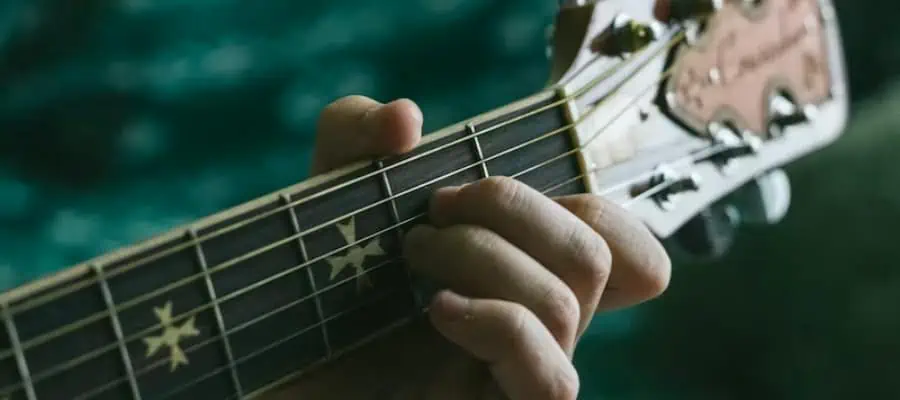
In the initial week, excessive playing may lead to blisters, though it’s uncommon. If you don’t push yourself, you can gradually develop calluses in two to three weeks.
However, if you do develop blisters, they will pave the way for calluses. Just allow the blister to heal and refrain from playing for a few days to a week.
During the second and third weeks, calluses mature, significantly reducing discomfort and enabling longer playing sessions. By the end of a month, expect fully developed calluses.
How to Get Rid of Guitar Calluses?
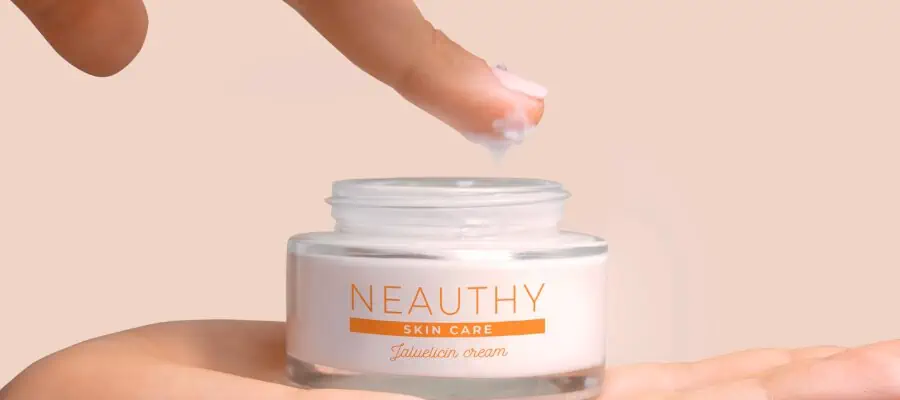
Guitar calluses can start to go away for many different reasons. The most common is to stop playing for a while. Your skin will soften in time, the calluses will start to peel, and your fingertips will be back to normal, just like before you started playing. Also, moisturizers, getting into water often, hand injuries, and excessive playing can make calluses peel.
If you want to remove your calluses, the best thing you can do is stop playing, use hand creams and moisturizers, and file them gently. You can also put your hands in hot water for a few minutes and let the skin soften every day to make the process faster. This way, you can safely remove them.
For a faster approach, you can use a pumice stone or sandpaper, rubbing them to the fingertips gently until they peel off. Going too hard will hurt your fingertips, so be careful. However, I must say, it is a better idea to take the longer route and not be impatient, peeling them off.
How Long Do Guitar Calluses Last?
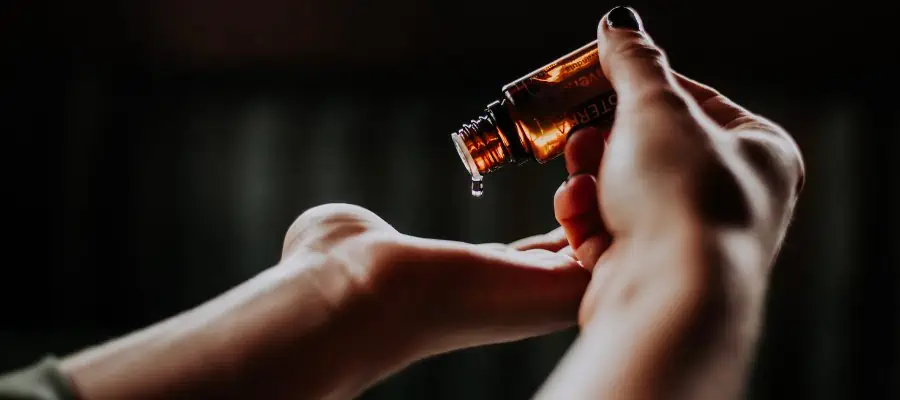
Without any care, the calluses take around two months to leave the skin entirely. Using filing and moisturizers while also stopping to play guitar can significantly shorten the process.
Should You Remove Your Guitar Calluses?
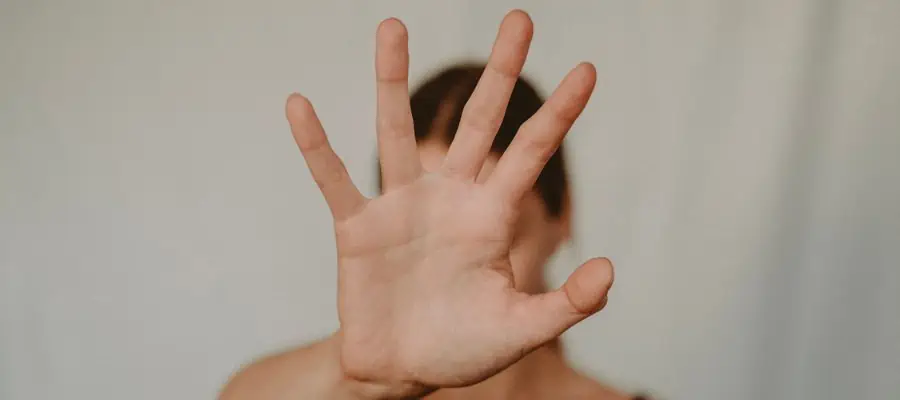
If you want to continue playing guitar, I strongly recommend you keep your calluses. Calluses are the protective part between the sensitive skin and guitar strings, allowing you to play without pain and wounds for long periods.
Many beginner guitarists work hard to build calluses to be able to play more. So, even though they do not look aesthetically pleasant to some people, or they feel weird, the advantages of calluses surpass the disadvantages without question.
However, if your fingers are at an extreme point where they never look clean or any touch surface does not recognize your fingertips, that might be a different story. At that point, you might want to start taking care of your fingertips, using some products to moisturize and repair some skin layers to get back the sensitivity slightly.
What to do With Peeling Guitar Calluses?
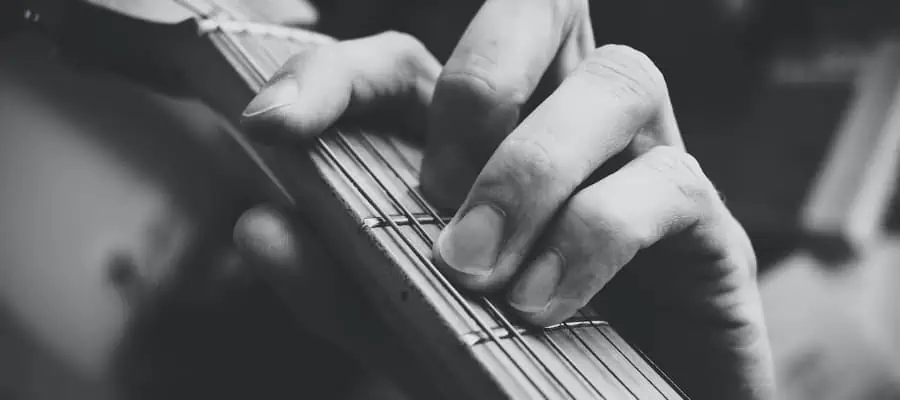
If you stop playing guitar for a while, your fingertips get moisturized for any reason, or if you accidentally pull a part of your callus, you will see the guitar calluses start to peel. In that case, you can either use the filing or clipping technique gently to get rid of excess parts. Within a short time, your normal-looking hard skin will come back.
The worst thing you can do is to continue peeling the callus. This will remove the callus, giving you the sensitive skin back, and depending on how deep you pull off, you might hurt your fingertips. It is not a good idea to peel the calluses if you want to continue playing guitar without pain, but it is also a risky approach to peel them off harshly if you want to get rid of your calluses.
Conclusion
Although they do not look or feel amazing, guitar calluses are some of the best friends of guitarists. They allow them to play for longer periods without any pain and-or wounds on fingers. So, removing them is not the best approach if you want to continue playing guitar.
However, if you do, for any reason, you can stop playing guitar, soak your hands in hot water a few minutes a day, use hand moisturizers, and file them gently. This way, they will peel out, and you will get your sensitive skin back.
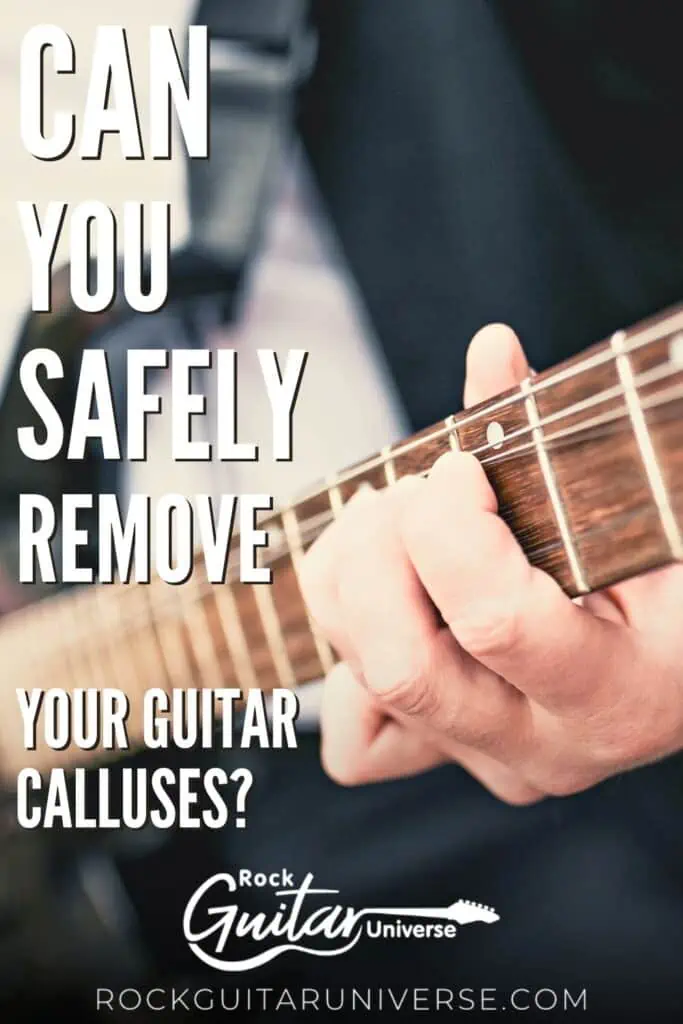
Recent Posts
When learning new songs have you noticed that some of the chord sequences sound really good? But when you tried to come up with your own chord sequence, or as we call it chord progression, you found...
Some guitarists insist on buying an expensive amplifier with their electric guitar. They assume that this is a must for every type of guitarist out there. However, in some situations, this isn’t...

